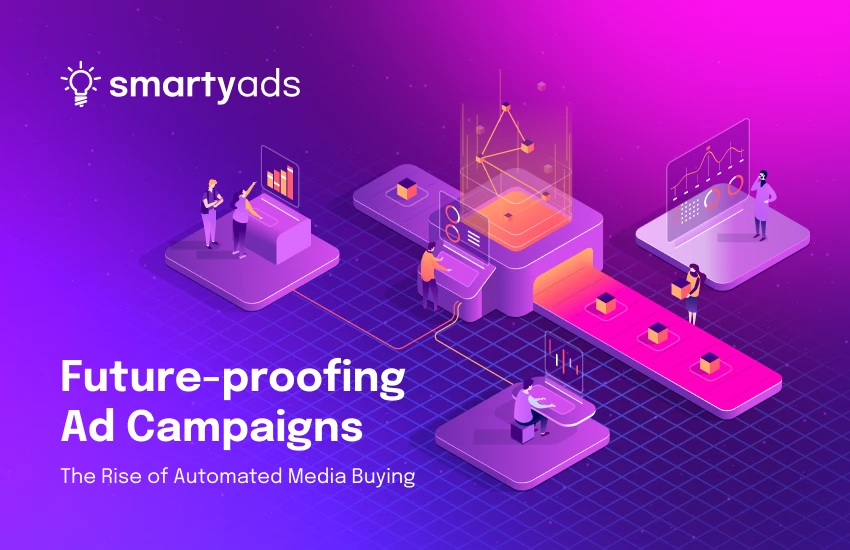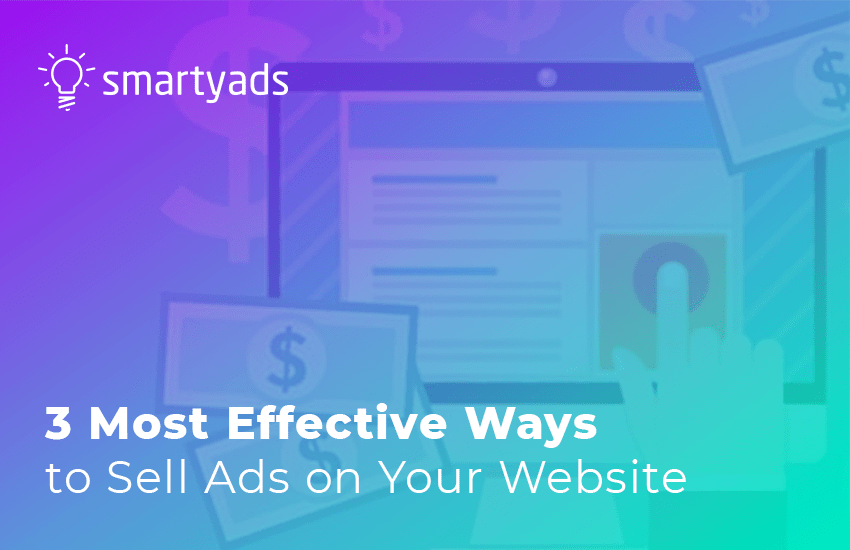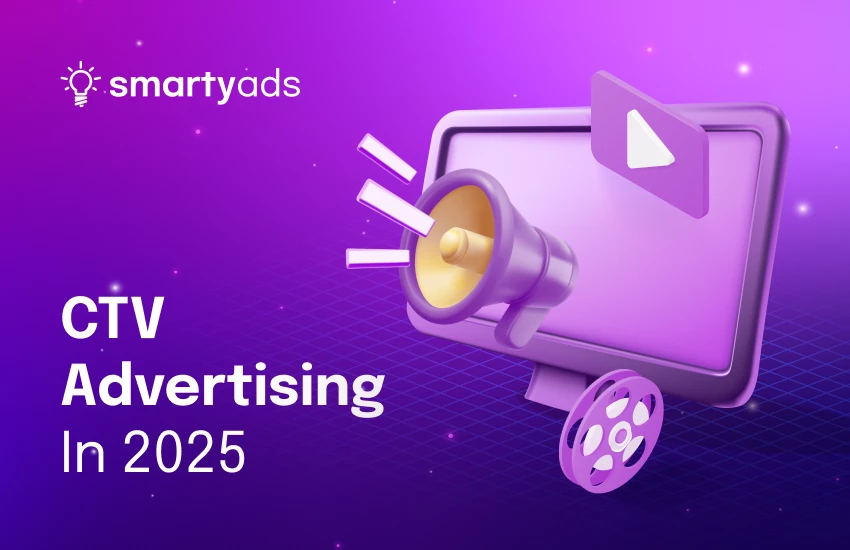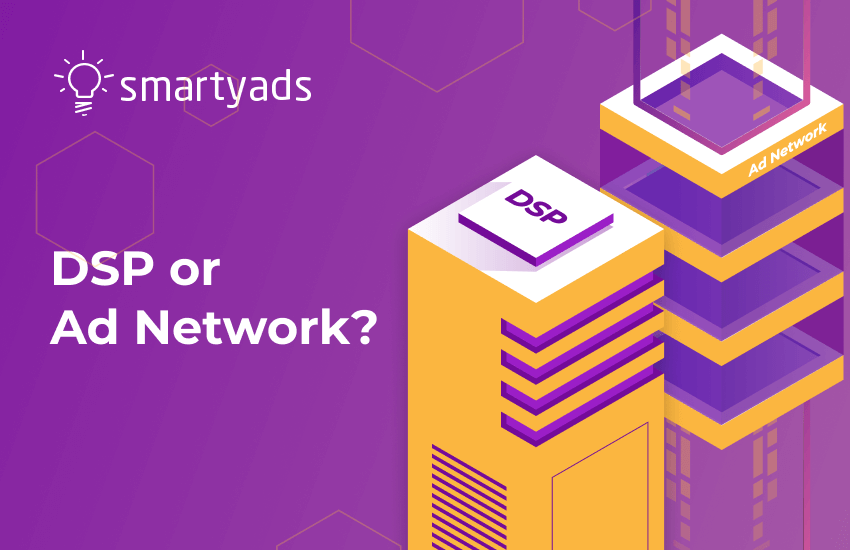Over the past few years, I’ve been working closely with brands and agencies, helping them launch and scale ad campaigns using white-label ad servers. This experience taught me one thing: manual media buying is on its way out. The speed of change in programmatic advertising leaves no room for slow decisions, wasted impressions, or guesswork. That’s why I’m writing this article — to show you what’s changing, why it matters, and how to stay ahead.
In this piece, I’ll walk you through the rise of automated media buying. I will cover what it is, how it works, and what makes it the future of advertising. We’ll look at key benefits for advertisers and publishers, explore real use cases, and unpack how automation impacts targeting, optimization, and ROI.
Whether you’re just getting started or already running scaled campaigns, this article will help you rethink your media procurement strategy with tomorrow in mind. Let’s get into it.

What is automated media buying?
Automated media buying means letting technology handle the ad buying for you . No endless emails or manual deals. It uses smart platforms and algorithms to read the data, place bids in real time, and run your ads across channels like CTV, mobile, and more. It’s faster, more precise, and way more efficient. You’re not guessing anymore. Every impression is optimized, around the clock.
Key technologies powering automated media buying
These technologies are what make automated advertising actually work. They help you launch campaigns in seconds, keep them optimized 24/7, and scale across channels, all without losing control or wasting budget.
Real-time bidding (RTB)
RTB is the heartbeat of programmatic advertising. It gives you the chance to bid on every single ad impression right when someone opens a site, app, or CTV stream. Read about RTB marketing in our related article.
The system instantly checks if that person matches your target audience. If it’s a yes, it places a bid for you. If you win, your ad shows up on the screen immediately. No waiting, no guesswork. The whole thing takes less than a second and that’s what gives you real control, speed, and flexibility in your campaigns.
Machine learning
Machine learning is what helps your ad system get smarter the more it runs. It looks at how your campaigns are doing: what’s getting clicks, views, or conversions, and learns from that.
Then it starts making better decisions on its own. It might boost bids where performance is strong, pause things that aren’t working, or move your budget where it’ll bring better results. It’s like having a super-sharp analyst on your team, working non-stop, never tired, and always focused on what really works.
Artificial intelligence
AI takes data-driven advertising to the next level. It doesn’t just react. It predicts. AI can forecast which users are most likely to convert, which times of day bring better engagement, or which creatives drive stronger results. It combines thousands of data points in real time to help you make smarter buying decisions without needing to touch a thing.
Algorithmic targeting
Algorithmic targeting is like smart matchmaking for your ads. It doesn’t just rely on broad audience labels. Instead, it reads real signals in the moment: what someone’s into, what they’re browsing, where they are, even what kind of device they’re on.
Then it decides if your ad is a good fit. If yes, it shows it. If not, it skips. That way, you’re not throwing your budget into the void. You're reaching real people who are actually interested.
DMPs and CDPs
DMPs and CDPs help you stop guessing and start really knowing your audience. A DMP brings in outside data, things like interests or online behavior. A CDP works with what you already have: your own customer info.
When you connect them, you get a clear, full picture of who you're talking to.
That’s how you show people ads that actually matter to them…not random noise. And in a world where privacy matters more than ever, that kind of smart, respectful targeting isn’t just smart. It’s essential.

Demand-side platforms
Think of a DSP as mission control for your ad campaigns. It puts everything you need in one place with no jumping between platforms, no chaos. You set your goals, pick your audience, choose where your ads should run, and the DSP takes care of the rest.
Behind the scenes, it’s buying impressions in real time, adjusting bids, and making sure your ads land exactly where they need to. Whether it’s display, video, mobile, or CTV, it keeps your campaigns running smoothly and efficiently. You stay in control, but the heavy lifting? That’s on the DSP.
Supply-side platforms
SSPs are what help publishers actually make money from their content. They take the available ad space and sell it in real time. No emails, no back-and-forth, just instant auctions that happen while the page loads.
They connect to tons of DSPs, which means more buyers, better prices, and ads that truly fit. For publishers, it’s a way to earn more without lifting a finger. And for advertisers, it’s a way to access great placements in a clean, safe, and transparent way. It keeps everything fair, fast, and working the way it should.
H2: Why future‑proofing ad campaigns matters in 2025
Brands must act now to stay competitive and relevant. Here’s why preparing for future trends is essential this year:
- Growing role of automation: Nearly 90 % of advertisers are already using or planning to use Gen AI tools to build video ads, with projections showing these tools will power 40 % of video ad creative by 2026.
- Programmatic’s dominance: Programmatic ad spend now accounts for almost 90 % of global digital display budgets in 2025.
- Phase‑out of third‑party cookies: Major browsers are phasing out or weakening cookie tracking. Over 75 % of marketers still rely on them, meaning those who don’t adapt risk losing targeting and attribution capabilities.
Shifting user behavior: People are changing how they watch content fast. More and more are ditching cable and spending hours on streaming platforms. That shift is pushing CTV ad inventory through the roof. In 2024, CTV ad spend in the U.S. was set to hit over $30 billion, up 17% from the year before. And by 2026, it's expected to reach nearly $38.4 billion. The more we stream, the faster this trend grows.
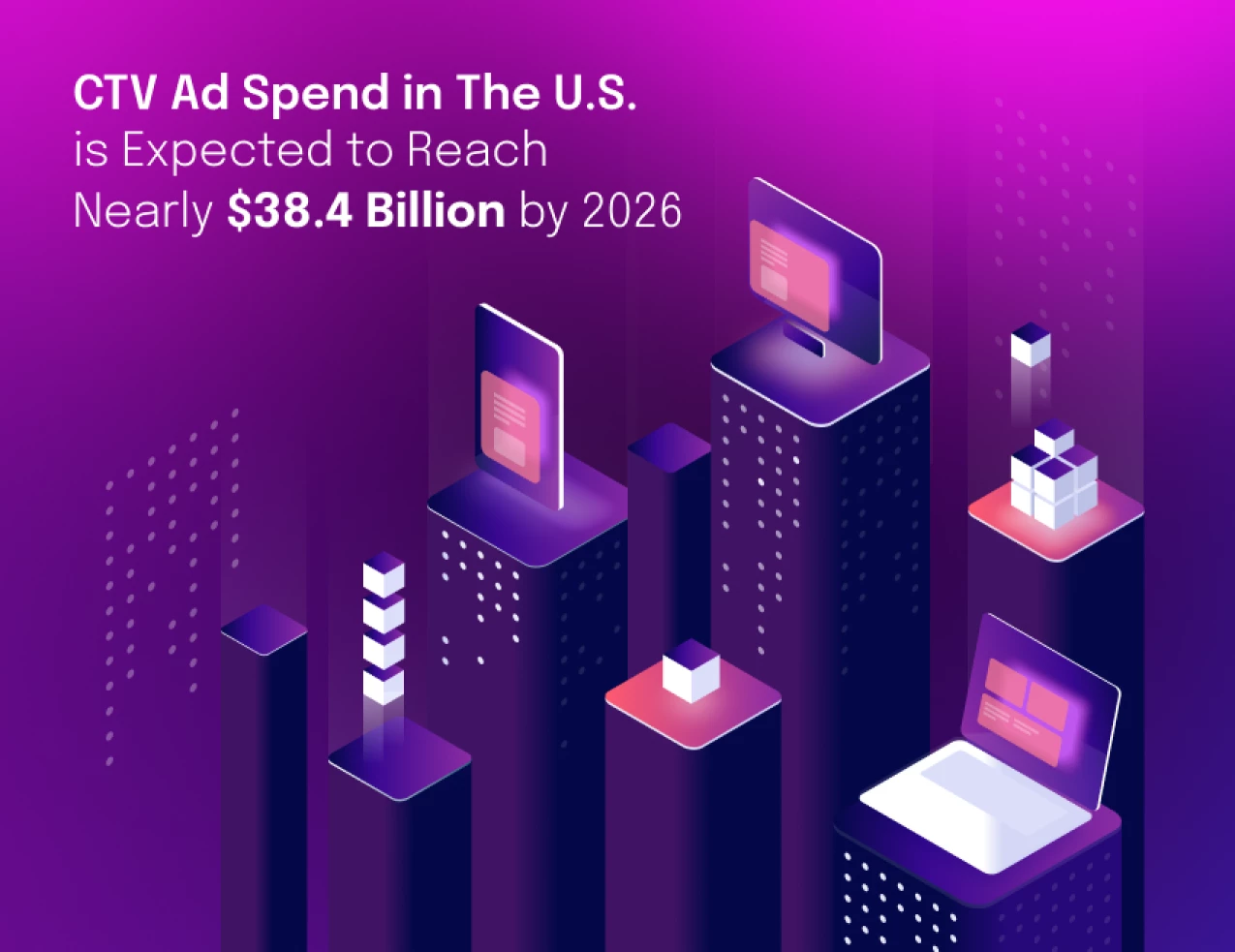
- Privacy‑first environment: GDPR, CCPA, and browser restrictions make privacy compliance mandatory. Brands must invest in first‑party data, contextual targeting, and consent management now.
- Demand for measurable business outcomes: Advertisers expect digital video and CTV to drive sales and store traffic. Failure to deliver results is now the top reason budgets are pulled.
According to eMarketer and IAB, back in 2022, brands spent around $480 billion on display ads and 80% of that was bought programmatically. That number keeps growing. By the end of 2025, almost 9 out of 10 display ads will be bought automatically. This isn’t some distant future, it’s already how things work.
The takeaway? As automation, privacy rules, and programmatic tools reshape how we advertise, the brands that start adapting. Now, flexible, data-driven, AI-backed campaigns will be the ones who stay in control, hit their goals, and actually see results.
Benefits of automated media buying for advertisers
Automation isn’t just about saving time. It’s about making every ad dollar work harder. Here’s how programmatic media buying helps advertisers gain the edge in 2025:
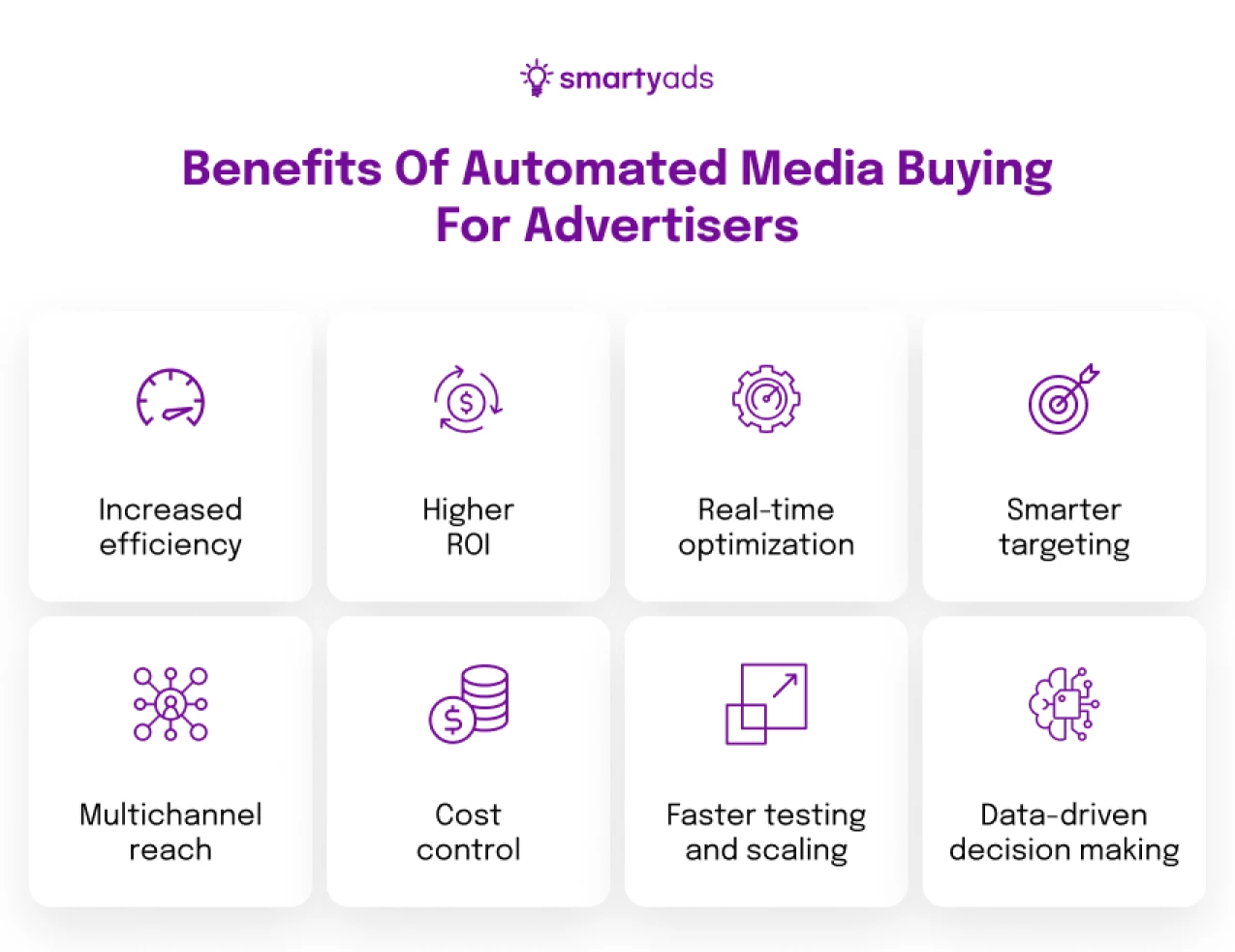
Increased efficiency
No more endless negotiations or manual setups. Automation streamlines the entire buying process from targeting to bidding and reporting. You can launch, test, and scale campaigns across multiple channels in minutes, not days.
Higher ROI
With real-time data and machine learning, an automated advertising platform can constantly optimize toward the best-performing placements and audiences. That means better results at a lower cost per action — and higher return on every dollar spent.
Real-time optimization
Automated systems adjust on the fly. If an ad isn’t performing, bids are reduced or paused automatically. If something works, the platform shifts more budget there instantly without waiting for a weekly report.
Smarter targeting
By using behavioral, contextual, and first-party data, algorithmic targeting ensures your ads reach people who are actually interested. No more broad targeting or wasted impressions, just more relevant exposure.
Multichannel reach
People jump between screens all day. Automated platforms let you keep up. You can run your campaigns across display, mobile, video, CTV, and more without switching tools or losing the message. Everything stays connected, and your audience sees a consistent story, no matter where they are.
Cost control
Set strict budget caps, bid floors, frequency limits, and more. Automation puts you in control of every dollar and impression, reducing overspend and giving you full transparency into where your budget goes.
Faster testing and scaling
Try things out. Mix up your creatives, test different audiences, swap placements and see what clicks.
With automation, you don’t have to do it all by hand or wait forever for results. You’ll know pretty quickly what’s working and what’s not. Then you double down on the good stuff and let go of the rest. Simple as that.
Data-driven decision making
Forget gut feeling. Every decision is backed by real-time data, AI predictions, and machine learning models. This allows for smarter strategies that evolve with every campaign.
Best practices for implementing automated media buying
Switching to automated media buying is a powerful move but to get the best results, you need to follow a few proven principles. Here’s how to do it right:
Define clear campaign objectives
Before you jump into any automated campaign, take a moment to get really clear on what you’re trying to do. Are you building brand awareness? Driving app installs? Chasing leads or sales?
That goal will shape everything: who you target, what your ads look like, how you spend your budget. At SmartyAds, we always start here. We work with advertisers to turn vague ideas into sharp, focused plans so every part of the campaign moves in the right direction from day one.
Leverage first-party data
With third-party cookies disappearing, your own customer data is more valuable than ever.
Use the data you already have. It's one of your biggest advantages. When you collect it, organize it, and actually put it to work across your campaigns, your targeting gets way sharper.
Your automated programmatic advertising will feel more personal, more relevant. SmartyAds DSP is built to make that easy. It works smoothly with first-party data, helping you reach the right people and scale smarter.
Choose the right tech stack
The right programmatic advertising platforms make all the difference. You need a reliable DSP, access to quality inventory, data enrichment tools, and fraud prevention systems.
SmartyAds provides a full-stack programmatic ecosystem so you don’t have to stitch solutions together. Everything is designed to work together and scale with your business.
Test, learn, and iterate
Automation doesn’t mean “set it and forget it.” Even the smartest algorithms need direction. Run A/B tests on creatives, placements, audience segments, and bidding strategies.
Use the results to guide optimizations. SmartyAds’ advanced analytics tools help advertisers continuously test and refine campaigns with real-time data and actionable insights.
Integrate contextual and behavioral targeting
People don’t mind seeing ads, they just want them to make sense. They don’t want something random popping up, and they definitely don’t want to feel like they’re being followed.
That’s why contextual and behavioral targeting matters. At SmartyAds, we use smart tools that read the room: what someone’s into, what they’re doing, what fits the moment, so your ads show up naturally, where they actually belong.
Ensure transparency and brand safety
Trust is non-negotiable. Make sure your campaigns are running on verified traffic, with full visibility into where your ads appear. SmartyAds integrates with 26,000+ ads.txt/app-ads.txt files and provides brand-safety tools like category filters, viewability metrics, and fraud detection to know what you’re buying and where it’s going. Read more about what is ads.txt in our related article.
Monitor performance in real time
One of the biggest advantages of automation is the ability to react quickly. But you need proper tracking and dashboards to do that.
SmartyAds offers real-time performance monitoring, letting you make immediate changes to budgets, bids, or targeting when something’s off or when something’s working extremely well.
How SmartyAds helps brands future-proof their ad campaigns
SmartyAds is an independent ad tech company that’s been in the game for over 11 years. We’ve spent that time building solid, flexible automated advertising solutions that help advertisers keep up with how fast the digital world moves.
Our DSP makes it easier to run campaigns across channels with clear targeting, smart automation, and full transparency at every step.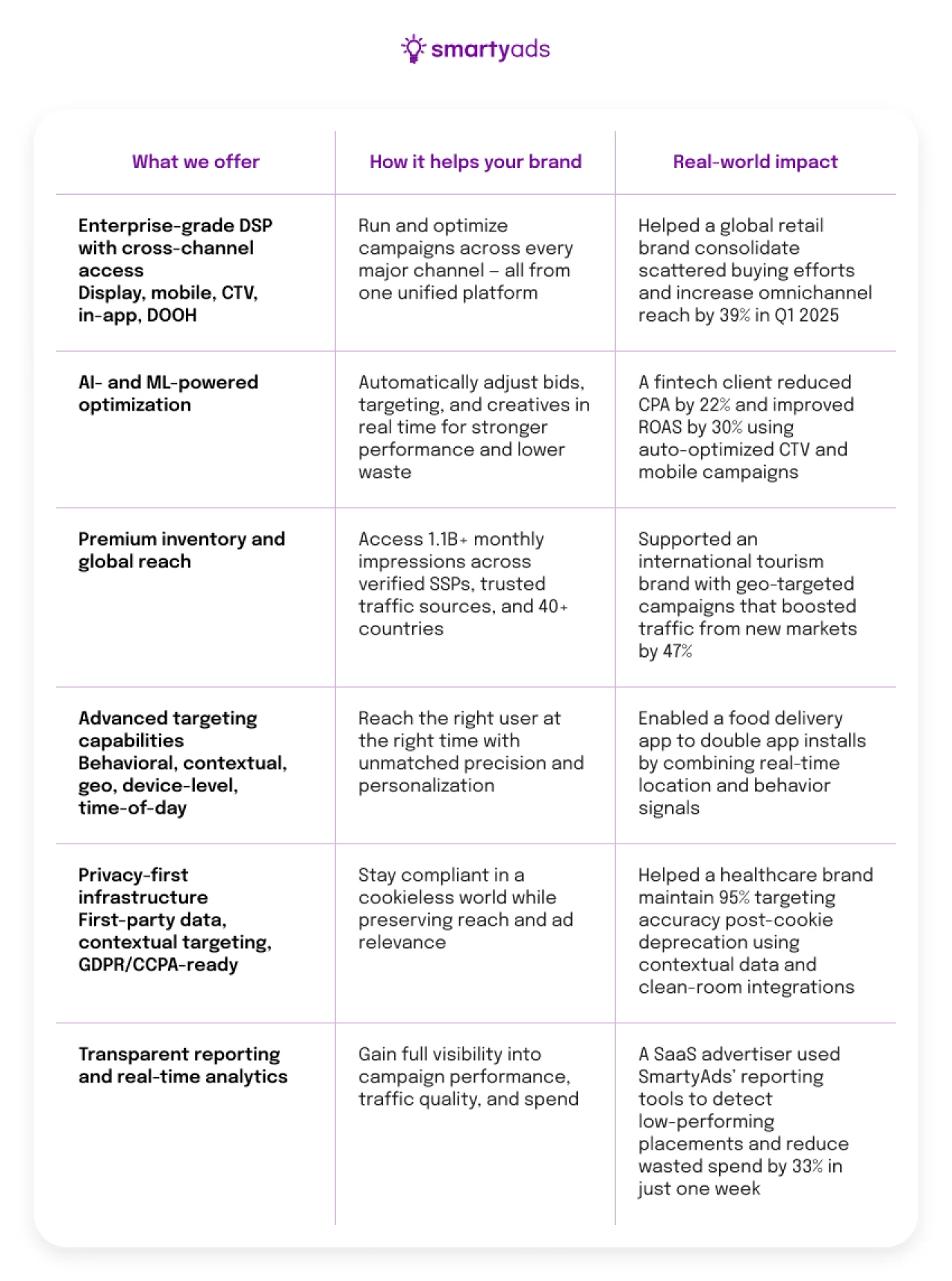
SmartyAds isn’t just another tech company. We’re here to be your partner. The kind that helps you figure things out, move faster, and run campaigns that actually perform. Whether you’re trying to grow your reach, dive into CTV, or simply get more out of your budget, we’ve been there. And we’re ready to do it with you.
Ready to future-proof your campaigns? Let’s talk about your goals.

FAQ:
It’s when tech buys ad space for you. Fast, smart, and without manual steps. No calls, no waiting. Just real-time decisions that work. Automated media buying helps scale your campaigns with less guesswork. Start automating your ads now!
Programmatic media buying is the big picture, meaning the method. Automated media buying is how it actually runs. One sets the rules, the other follows and optimizes them on the fly. Explore our automated ad buying platform!
Start with automation. Use your own data, focus on real-time results, and choose platforms built to scale. Automated media buying isn’t optional anymore. It’s how smart advertisers stay ahead. Talk to us about your future strategy!
